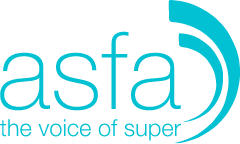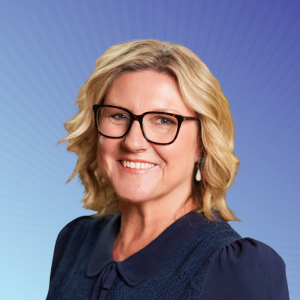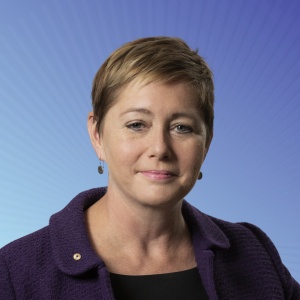8 April 2013
The proposed tax on earnings above $100k pa for retirees – sorting fact from fiction
The Association of Superannuation Funds of Australia (ASFA) today released a statement in response to a number of incorrect media reports which have suggested that many more people will be affected by the proposed tax on retiree earnings over $100,000 pa than the 16,000 claimed by the Government. ASFA believes that these claims are misleading and once again calls for a consideration of the facts.
The confusion stems from the fact that many superannuation funds, including many self-managed superannuation funds, have double digit returns in prospect this year, largely driven by increases in share prices both in Australia and overseas.
According to ASFA CEO Pauline Vamos, “fund members should not confuse the amount of their investment earnings that are credited to their superannuation account, with the amount of investment earnings that would be reported to the Australian Taxation Office (ATO) if the proposed measure is legislated”.
The great bulk of the assessed amount would come from interest received, dividends and rents. In this context:
- Dividend yields typically are around 4.75 per cent a year.
- Rental yields average under five per cent.
- Interest rates on bonds and term deposits are under five per cent and are not likely to rise much above that figure for the immediate future.
The announcement by the Government last week indicates that any capital gains (most typically generated from increases in share prices or property values) will only be included on a prospective basis:
- For assets purchased before 5 April 2013, the change will only apply to capital gains that accrue after 1 July 2024.
- For assets purchased from 5 April 2013 the change will only apply to capital gains that accrue in the future.
Given the carve out above, of all capital gains this financial year and the carve out of most capital gains in financial years over the next decade with only partial inclusion after 2024, the amount of assessable income reported to the ATO for the purposes of assessing the proposed tax is unlikely to exceed five per cent of account balance for the next decade in almost all cases.
By way of example, someone with a superannuation account balance of say, $1 million with reported returns this year of say, 15 per cent, is most likely to have achieved these high levels of return as a result of increased value of their shares and other assets. Current holdings of these assets will not be impacted by the proposed new tax. It is highly unlikely that these levels of return could be achieved through interest rates, rental yields or dividend payments. Therefore, the assessable amount would not be $150,000 (15 per cent) but more like $50,000 (five per cent) and therefore tax free under the proposal.
ASFA analysis has indicated that it would not be reasonable to place an additional tax burden on those with less than $2.5 million in superannuation. The carve out of most capital gains as proposed by the government means that few if any individuals with less than $2 million will face the proposed new tax over the next decade or two, even if their fund returns double digit returns in any specific year due to strong share market or property market performance.
Ms Vamos said ASFA wanted to make sure that any debate or commentary be made based on facts. “Confidence in superannuation can be adversely and unjustifiably affected by speculation that is not consistent with what are facts or what actually is being proposed,” she concluded.
For further information, please contact:
Pauline Vamos, CEO, 0433 169 342
Lisa Chikarovski, Media Manager, 0451 949 300
About ASFA
ASFA is the peak policy, research and advocacy body for Australia’s superannuation industry. It is a not-for-profit, sector-neutral, and non-party political national organisation whose aim is to advance effective retirement outcomes for members of funds through research, advocacy and the development of policy and industry best practice.
































